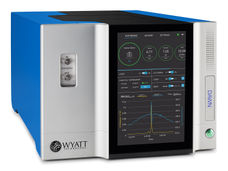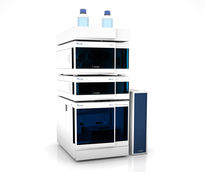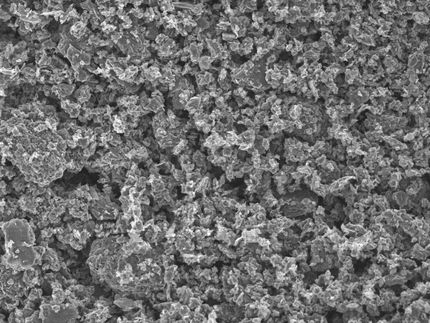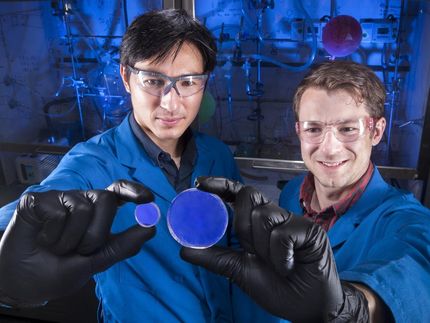Nuclear detector: New materials hold promise for better detection of nuclear weapons
Northwestern University scientists have developed new materials that can detect hard radiation, a very difficult thing to do. The method could lead to a handheld device for detecting nuclear weapons and materials, such as a "nuclear bomb in a suitcase" scenario.
"The terrorist attacks of 9/11 heightened interest in this area of security, but the problem remains a real challenge," said Mercouri G. Kanatzidis, who led the research. "We have designed promising semiconductor materials that, once optimized, could be a fast, effective and inexpensive method for detecting dangerous materials such as plutonium and uranium."
Kanatzidis is a Charles E. and Emma H. Morrison Professor of Chemistry in the Weinberg College of Arts and Sciences. He also holds a joint appointment at Argonne National Laboratory.
The Northwestern materials perform as well as materials that have emerged from five decades of research and development, Kanatzidis said.
To design an effective detector, Kanatzidis and his team turned to the heavy element part of the periodic table. The researchers developed a design concept to make new semiconductor materials of heavy elements in which most of the compound's electrons are bound up and not mobile. When gamma rays enter the compound, they excite the electrons, making them mobile and thus detectable. And, because every element has a particular spectrum, the signal identifies the detected material.
The method, called dimensional reduction, will be published in the Sept. 22 issue of the journal Advanced Materials.
In most materials, gamma rays emitted by nuclear materials would just pass right through, making them undetectable. But dense and heavy materials, such as mercury, thallium, selenium and cesium, absorb the gamma rays very well.
The problem the researchers faced was that the heavy elements have a lot of mobile electrons. This means when the gamma rays hit the material and excite electrons the change is not detectable.
"It's like having a bucket of water and adding one drop -- the change is negligible," Kanatzidis explained. "We needed a heavy element material without a lot of electrons. This doesn't exist naturally so we had to design a new material."
Kanatzidis and his colleagues designed their semiconductor materials to be crystalline in structure, which immobilized their electrons.
The materials they developed and successfully demonstrated as effective gamma ray detectors are cesium-mercury-sulfide and cesium-mercury-selenide. Both semiconductors operate at room temperature, and the process is scaleable.
"Our materials are very promising and competitive," Kanatzidis said. "With further development, they should outperform existing hard radiation detector materials. They also might be useful in biomedicine, such as diagnostic imaging."
Original publication
Other news from the department science
These products might interest you

DAWN® by Wyatt Technology
The instrument for Multi-Angle Light Scattering (MALS): The DAWN® from Wyatt Technology
The world's most advanced light scattering instrument for absolute characterization of macromolecules

AZURA Analytical HPLC by KNAUER
Maximize your analytical efficiency with customized HPLC system solutions
Let your application define your analytical system solution

Get the chemical industry in your inbox
By submitting this form you agree that LUMITOS AG will send you the newsletter(s) selected above by email. Your data will not be passed on to third parties. Your data will be stored and processed in accordance with our data protection regulations. LUMITOS may contact you by email for the purpose of advertising or market and opinion surveys. You can revoke your consent at any time without giving reasons to LUMITOS AG, Ernst-Augustin-Str. 2, 12489 Berlin, Germany or by e-mail at revoke@lumitos.com with effect for the future. In addition, each email contains a link to unsubscribe from the corresponding newsletter.




























































